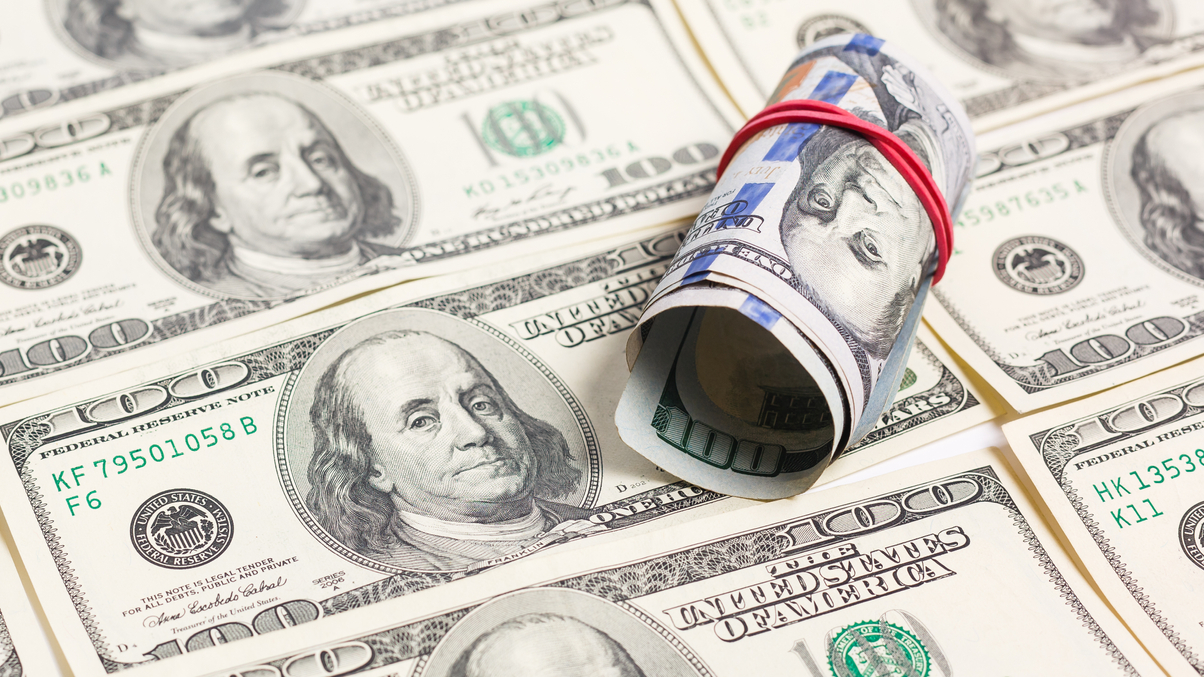Market Views: Will the US dollar rebound last?
The dollar has been on the rise since the Fed took a hawkish approach to its monetary policy, but what’s next?

The dollar strengthened following a surprise hawkish turn from the Feds in mid-June but this is likely to be short-lived against the backdrop of strong global growth, Renminbi (Rmb) appreciation, and the US’ rising deficits and debt-to-GDP ratio, experts said.
Sign in to read on!
Registered users get 2 free articles in 30 days.
Subscribers have full unlimited access to AsianInvestor
Not signed up? New users get 2 free articles per month, plus a 7-day unlimited free trial.
¬ Haymarket Media Limited. All rights reserved.


